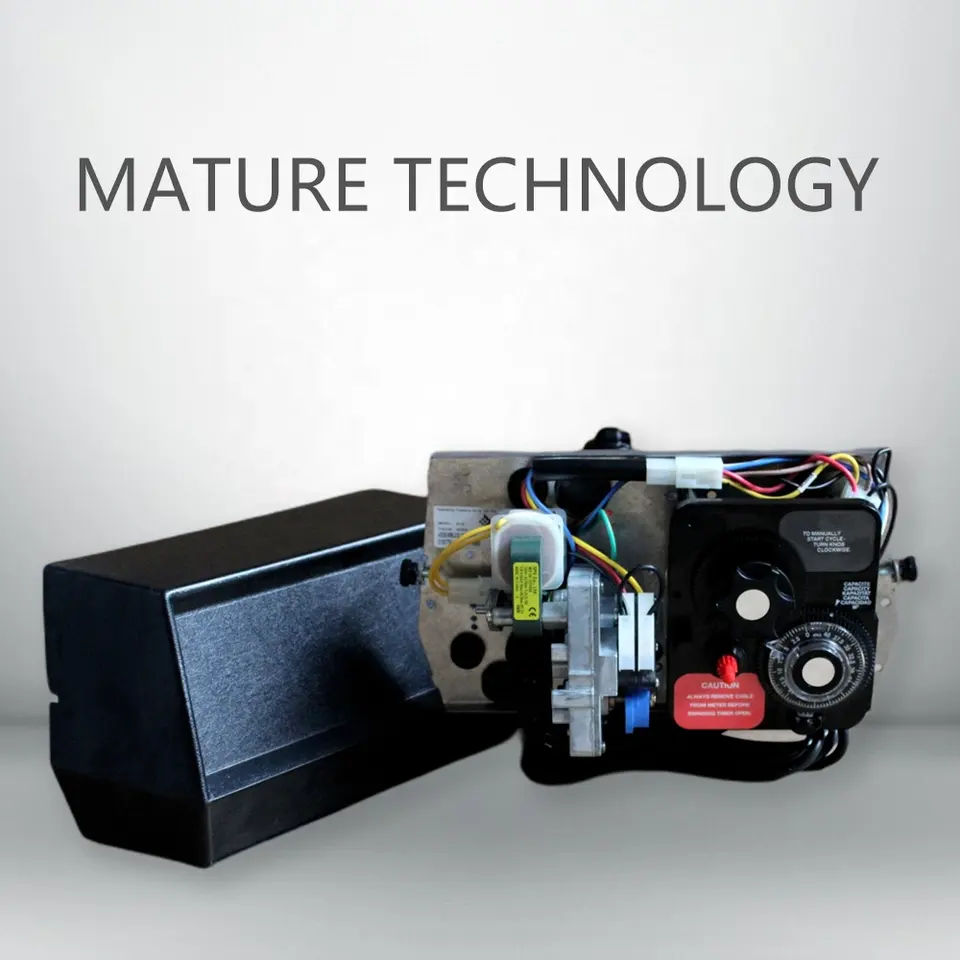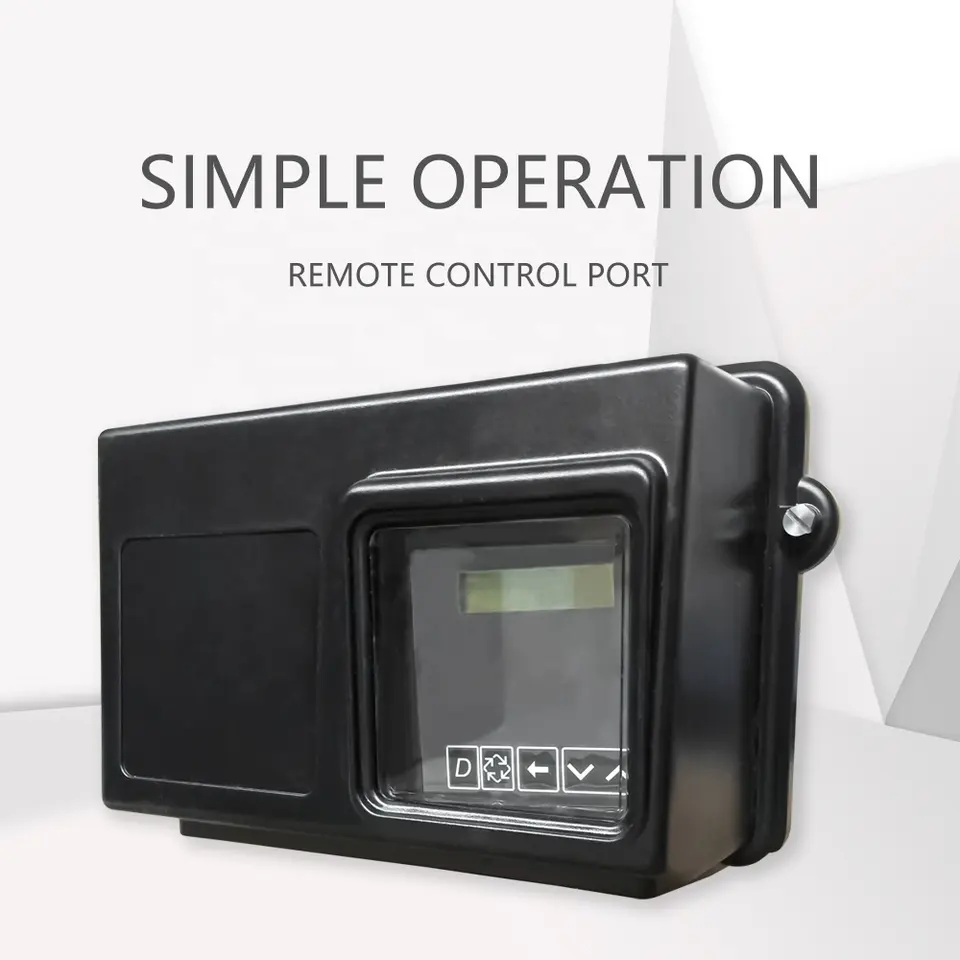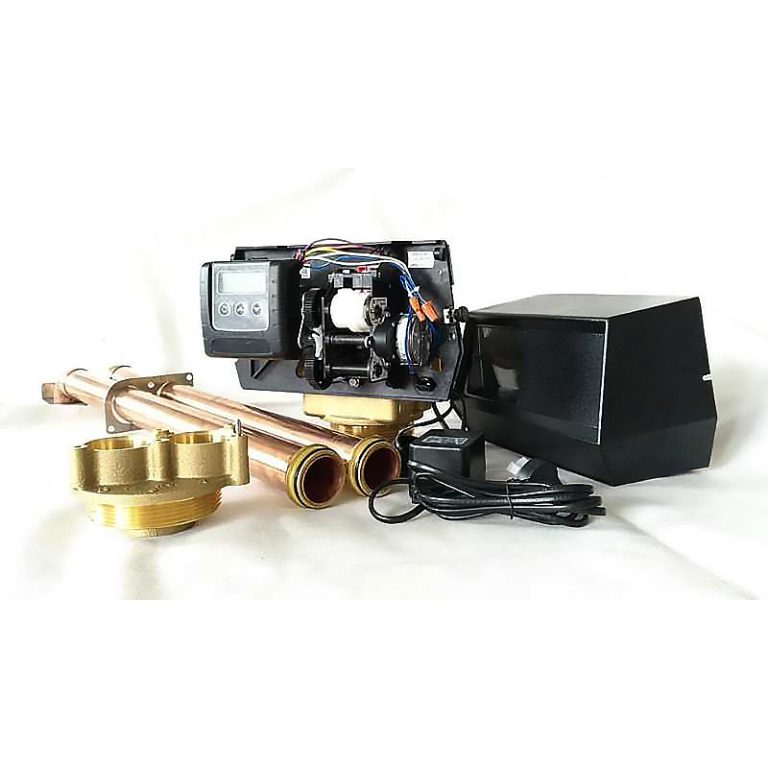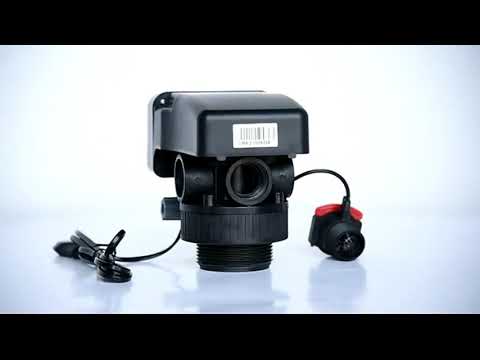“New water softener, same hard water problems.”
Troubleshooting Tips for a New Water Softener That Isn’t Softening
If you’ve recently installed a new water softener in your home, you may be frustrated to find that it’s not doing its job properly. There are several reasons why a new water softener may not be softening your water as expected. In this article, we will discuss some troubleshooting tips to help you identify and resolve the issue.
| SD manual softener | |||
| Model | SD2-R | SD4-R | SD10-R |
| Output Max | 4T/H | 7T/H | 15T/H |
First and foremost, it’s important to ensure that your water softener is properly installed. Check to make sure that all connections are secure and that the unit is receiving power. If everything appears to be in order, the next step is to check the settings on your water softener. Make sure that the regeneration cycle is set correctly and that the salt levels are adequate.
If the settings on your water softener are correct, the next thing to consider is the quality of the salt you are using. Low-quality salt can lead to poor performance and may prevent your water softener from effectively removing minerals from your water. Make sure you are using a high-quality salt specifically designed for water softeners.
Another common issue that can prevent a water softener from softening water is a clogged resin bed. Over time, the resin bed in your water softener can become clogged with minerals and debris, reducing its effectiveness. If you suspect that this may be the problem, you can try flushing the resin bed with a resin cleaner to remove any buildup.

In some cases, a new water softener may not be softening water due to a malfunctioning control valve. If you suspect that the control valve is the issue, you may need to contact the manufacturer for assistance or consider hiring a professional to inspect and repair the valve.
| Model | Category | Water Capacity m3/h | LCD | LED | ICON | DIODE |
| ASB2 | automatic softener valve | 2 | O | O | O | O |
| ASB4 | Automatic Softener Valve | 4 | O | O | O | O |
It’s also important to consider the hardness of your water when troubleshooting a water softener that isn’t softening. If your water is extremely hard, it may be overwhelming your water softener and preventing it from effectively removing minerals. In this case, you may need to adjust the settings on your water softener or consider upgrading to a more powerful unit.
Finally, if you’ve tried all of the troubleshooting tips mentioned above and your water softener still isn’t softening water, it may be time to consider replacing the unit. Over time, water softeners can become less effective and may need to be replaced to ensure that your water is properly softened.

In conclusion, there are several reasons why a new water softener may not be softening water as expected. By following the troubleshooting tips outlined in this article, you can identify and resolve the issue to ensure that your water softener is functioning properly. If you continue to experience problems, don’t hesitate to contact the manufacturer or a professional for assistance.







